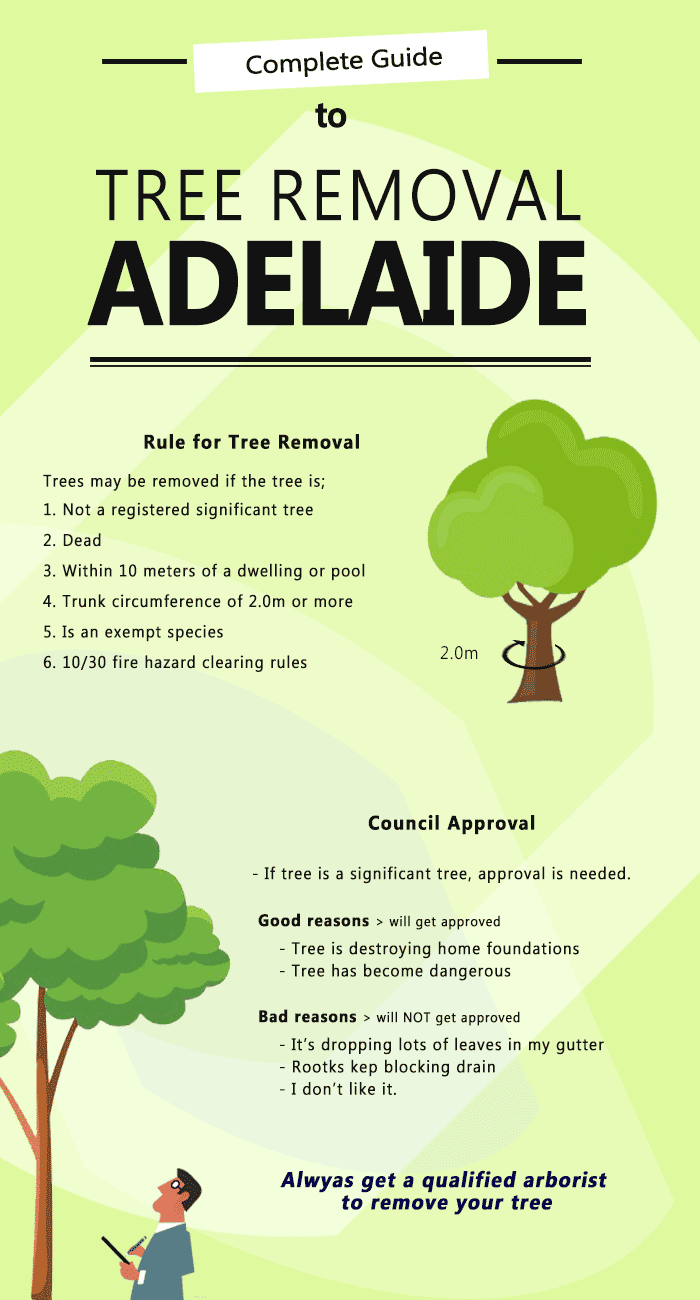Post-Tree Elimination Therapy: Efficient Approaches For Landscape Remediation
Post-Tree Elimination Therapy: Efficient Approaches For Landscape Remediation
Blog Article
Created By-McMillan Deal
After a tree's elimination, your landscape may look fairly different, and it's important to analyze the aftermath very carefully. You'll wish to examine the soil disturbance and examine surrounding plants for any signs of anxiety. Overlooking Best Time To Trim Trees can bring about larger issues down the line. So, what should you do with those stumps and roots? And exactly how do you pick the best plants for your revitalized area? Let's discover these important actions.
Assessing the Consequences: Examining Your Landscape
After a tree elimination, it's important to assess your landscape to understand the impact it carries your lawn.
Start by taking a look at the area where the tree stood. Look for signs of dirt disruption, and examine the bordering plants for any type of stress or damages.
You ought to also bear in mind of exactly how the elimination has actually transformed sunshine exposure and airflow in your garden. This shift can affect the development of close-by plants, so it's essential to examine their health and wellness.
Consider the visual elements also; the removal might produce an open space that you can redesign.
Ultimately, think about any possible erosion problems that could develop from the tree's lack. Attending to these elements early will assist recover balance to your landscape.
Handling Stumps and Roots: Options for Elimination
As soon as you've assessed the results of the tree elimination, you'll likely need to take on the stump and roots left.
You have a few choices for elimination. One effective method is stump grinding, where a specialist makes use of a maker to grind the stump down to underground level. This approach leaves very little disturbance to your landscape.
If you like a DIY approach, you can make use of a mix of digging and chemical stump removers. Just bear in mind, this process can require time and effort.
Additionally, think about leaving the stump as a natural attribute, which can function as an one-of-a-kind garden element or habitat for wildlife.
Whatever you select, addressing the stump and roots is important for recovering your landscape.
Picking the Right Plants for Your New Room
As you assess your recently cleared space, picking the right plants can dramatically boost your landscape's beauty and capability.
Start by thinking about Pruning Trees In Winter and soil conditions. For bright locations, opt for drought-resistant plants like lavender or succulents. In shaded places, ferns and hostas thrive well.
Think of the size and development routines of your plants; mix perennials and annuals for seasonal range. https://howdoyougetridofatreestum84951.blogoxo.com/35453614/the-total-process-of-tree-stump-elimination-what-you-need-to-know forget to include indigenous varieties; they need less maintenance and support local wild animals.
Team plants in odd numbers for a much more natural appearance and produce layers for aesthetic depth.
Finally, ensure you have a mix of shades and structures to keep your landscape dynamic throughout the periods.
Pleased growing!
Verdict
Finally, recovering your landscape after tree removal is a fulfilling procedure. By examining the consequences, addressing stumps and origins, and choosing the right plants, you'll develop a flourishing setting. Don't forget to include erosion control measures to protect your soil. With a little initiative and treatment, you can transform your area right into a dynamic yard that enhances your residential property. Accept the possibility to rejuvenate your landscape and take pleasure in the elegance of nature right in your yard!
